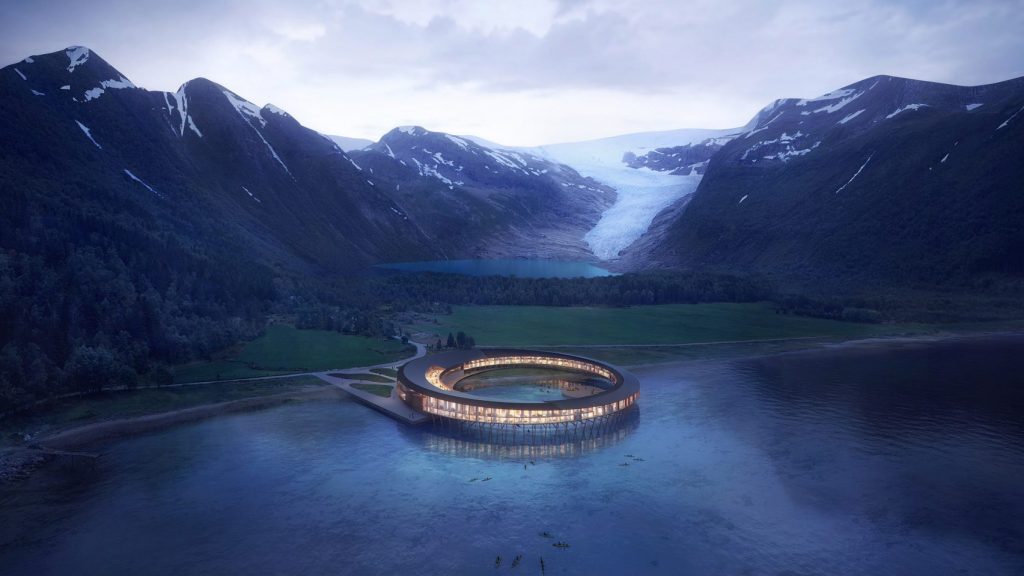Prof Susanne Becken
Last week, at the annual World Travel & Tourism Council (WTTC) Global Summit in Buenos Aires, the global tourism industry committed to an ambitious climate change agenda, including reducing greenhouse gas emissions using a science-based target approach. Forming a partnership with the United Nations Framework Convention on Climate Change (UNFCCC) to develop a sustainable growth strategy for tourism that sits within the confines of the Paris Agreement is a major and important step. All tourism businesses are encouraged to develop their own climate strategies, targets and actions.
The announcement is remarkable for several reasons. First, it sends an important high-level signal that has the potential to catalyse and legitimise greater action ‘on the ground’, for example for national policy making, destination management and business operations. Second, it is worth noting that this commitment – and the partnership with the UNFCCC – is driven by a private sector organisation. The UNWTO, the United Nations agency responsible for tourism, is absent from this announcement. Third, the open support for science-based targets is in contrast to the aviation industry’s approach of ‘carbon neutral growth’, which is not compatible with requirements as outlined in the Paris Agreement.
What specifically are science-based targets?
Stemming from a collaboration between CDP (formerly Carbon Disclosure Project), World Resources Institute (WRI), the World Wide Fund for Nature (WWF), and the United Nations Global Compact (UNGC), science-based targets are an approach to setting tangible carbon reduction targets. These need to be in line with a particular emission pathway, for example to keep global warming to a maximum of 2 degrees Celsius, compared to preindustrial temperatures.
There are different approaches and methods to setting these targets, but ultimately all of them need to consider two factors. First, the growth of a particular industry or business, and second the improvements in carbon efficiency. The more growth the greater the demand on efficiency gains. For tourism, herein lies the biggest challenge. Tourism’s phenomenal growth in the order of 5% every year means that the carbon footprint will inevitably grow, unless drastic measures are taken to reduce emissions. To achieve absolute and real reductions (see video on carbon offsetting), given that the ‘pie’ is growing, requires nothing short of drastic, if not transformational, change.
The example of a (real) tourist resort in Mexico illustrates the significance of science-based targets. An all-inclusive resort with about 150 rooms and an area under roof of 6,325 square metres generated about 952 tonnes CO2 due to consumption of LPG in 2013. In addition, emissions from electricity use were 418 tonnes. Assuming that the floor area stays the same (i.e. no extension), the targets for 2030 would require a reduction by 56% to a total of 599 tonnes of CO2. By 2050, the total amount of emissions allowed is 72 tonnes; a reduction of over 90% compared with the base year.
How can such radical reductions be achieved? Clearly, the ‘new normal’ goes beyond changing light bulbs. It involves, amongst others:
Elimination of all wastage (e.g. leaving lights on, running under-utilised equipment, heating/cooling rooms that are not in use, etc);
Immediate implementation of all ‘low hanging fruit’ options (e.g. room key cards, timers, room temperature, etc.);
Rigorous measurement and monitoring of resource use to identify technical issues, savings potential and impact of new operational/technical measures;
– Investment into green building design (ideally zero energy, or positive energy);
– Use of green energy or installation of own renewable energy capacity;
– Staff training and guest engagement (moving beyond simple towel replacement schemes but using innovative approaches such as My Green Butler);
– Application of circular economy principles, such as local supply chains, food production, and minimising waste streams;
– Using information technology to optimise operations and tourism planning more broadly;
– Other innovations that need to be developed urgently, and then scaled up to become mainstream practice in the tourism industry.
Addressing climate change for tourism is not a question of if, but – in the interest of the industry – it is a matter of ‘how best’ to tackle this enormous task. Climate change poses a substantial risk to business, both in terms of climatic hazards and natural disasters, but also in relation to the cost of carbon. It is now clear that the later the transition eventuates, the more difficult and costly it becomes. Investors and financial institutions are increasingly shying away from objects that are perceived as ‘risky’ or carbon heavy. In contrast, developments with stringent green standards and resilience ratings are likely to attract greater investment interest and possibly favourable loan conditions. Greener industry standards are also likely to attract more environmentally minded, often higher yielding, visitors. Addressing climate change makes perfect business sense.

